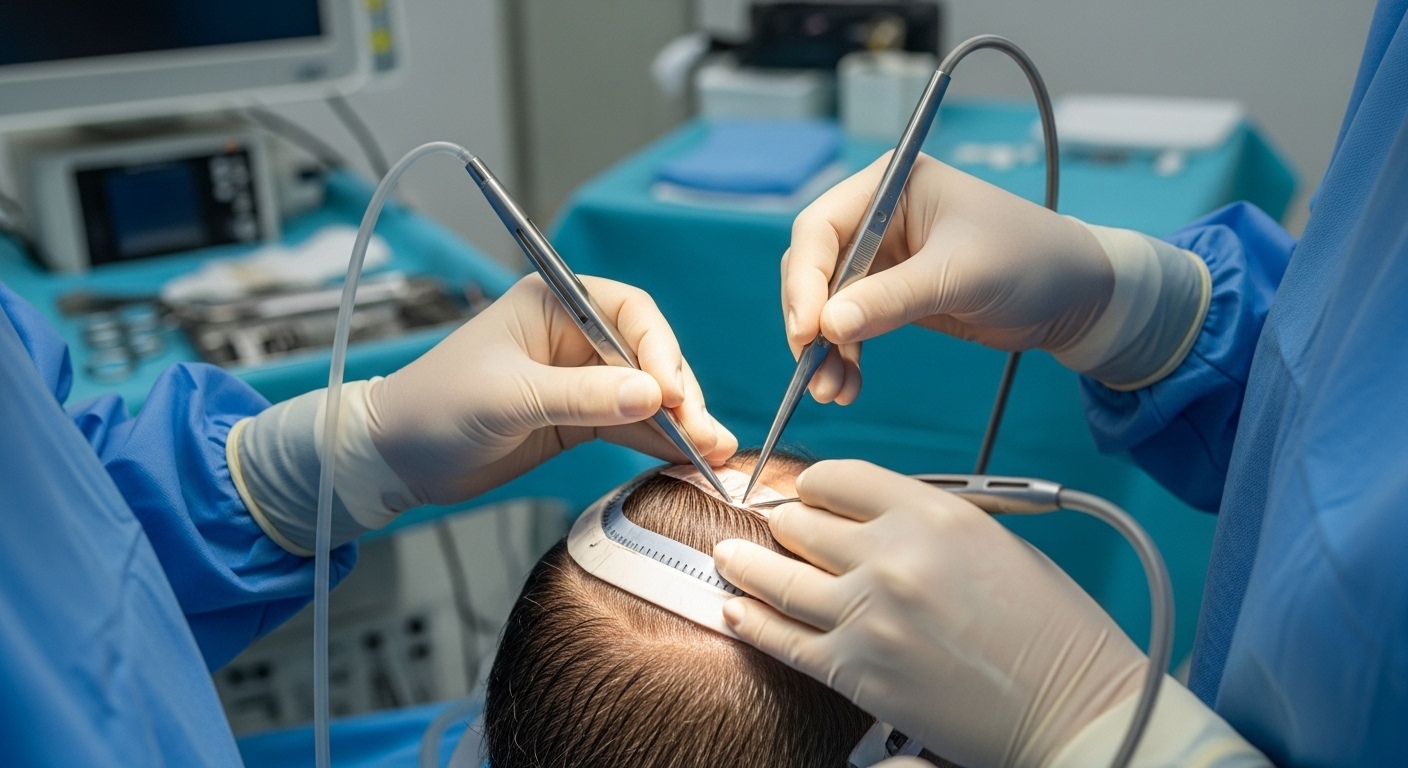Understanding Macular Degeneration: Causes, Symptoms, and Treatment Options
Macular degeneration is a progressive eye condition that affects millions of people worldwide, particularly those over the age of 50. This disease targets the macula, the central part of the retina responsible for sharp, detailed vision. As macular degeneration advances, it can lead to significant vision loss and impact a person's ability to perform daily activities such as reading, driving, and recognizing faces. Understanding the causes, symptoms, and available treatment options is crucial for early detection and management of this condition.

What are the risk factors for developing macular degeneration?
Several factors can increase the risk of developing macular degeneration:
-
Age: The risk increases significantly for those over 50 years old.
-
Genetics: Having a family history of macular degeneration can increase your risk.
-
Smoking: This habit can double the risk of AMD.
-
Race: Caucasians are more likely to develop the condition than other races.
-
Obesity: Being overweight or obese may increase the risk of developing advanced AMD.
-
Cardiovascular disease: Conditions affecting heart health can also impact eye health.
-
High blood pressure and high cholesterol: These conditions can contribute to AMD development.
-
UV exposure: Prolonged exposure to sunlight without proper eye protection may increase risk.
Understanding these risk factors can help individuals take preventive measures and seek early screening if they fall into high-risk categories.
What are the symptoms of macular degeneration?
Recognizing the symptoms of macular degeneration is crucial for early detection and treatment. Common symptoms include:
-
Blurry or fuzzy vision
-
Difficulty recognizing faces
-
Straight lines appearing wavy or distorted
-
A dark or empty area in the center of vision
-
Colors appearing less vibrant
-
Trouble adapting to low light conditions
-
Increased sensitivity to glare
It’s important to note that macular degeneration often develops gradually, and symptoms may not be noticeable in the early stages. Regular eye exams are essential for detecting the condition before significant vision loss occurs.
How is macular degeneration diagnosed and monitored?
Diagnosing macular degeneration typically involves a comprehensive eye exam performed by an eye care professional. The exam may include:
-
Visual acuity test: Measures how well you can see at various distances
-
Dilated eye exam: Allows the doctor to examine the retina and macula in detail
-
Amsler grid test: Helps detect changes in central vision
-
Optical coherence tomography (OCT): Provides detailed images of the retina’s layers
-
Fluorescein angiography: Uses dye to highlight blood vessels in the retina
Once diagnosed, regular monitoring is crucial to track the progression of the disease and adjust treatment plans as needed. Patients may be asked to self-monitor their vision at home using an Amsler grid and report any changes to their eye care provider promptly.
What treatment options are available for macular degeneration?
While there is no cure for macular degeneration, several treatment options can help slow its progression and manage symptoms:
-
Anti-VEGF injections: Used primarily for wet AMD to prevent abnormal blood vessel growth
-
Photodynamic therapy: Combines a light-sensitive drug with a laser to destroy abnormal blood vessels
-
Laser therapy: Used in some cases of wet AMD to seal leaking blood vessels
-
Nutritional supplements: Specific combinations of vitamins and minerals may slow progression in some cases
-
Low vision aids: Devices such as magnifiers and special lenses can help maximize remaining vision
-
Lifestyle changes: Quitting smoking, maintaining a healthy diet, and protecting eyes from UV light
The choice of treatment depends on the type and stage of macular degeneration, as well as individual patient factors. A comprehensive treatment plan typically involves a combination of medical interventions and lifestyle modifications.
How can individuals maintain eye health and potentially prevent macular degeneration?
While not all cases of macular degeneration can be prevented, certain lifestyle choices and habits can help maintain overall eye health and potentially reduce the risk of developing the condition:
-
Eat a balanced diet rich in leafy greens, fish, and antioxidants
-
Exercise regularly to maintain cardiovascular health
-
Quit smoking or never start
-
Protect eyes from UV rays by wearing sunglasses and hats outdoors
-
Maintain healthy blood pressure and cholesterol levels
-
Schedule regular eye exams, especially if you’re over 50 or have a family history of AMD
-
Use proper lighting when reading or doing detailed work
-
Consider taking eye health supplements as recommended by an eye care professional
By incorporating these practices into daily life, individuals can take proactive steps towards preserving their vision and overall eye health as they age.
Macular degeneration is a complex eye condition that requires ongoing attention and management. By understanding its causes, recognizing symptoms early, and exploring available treatment options, individuals can work closely with their eye care providers to maintain the best possible vision and quality of life. Regular eye exams and a commitment to eye health are crucial in the fight against this challenging condition.
This article is for informational purposes only and should not be considered medical advice. Please consult a qualified healthcare professional for personalized guidance and treatment.






